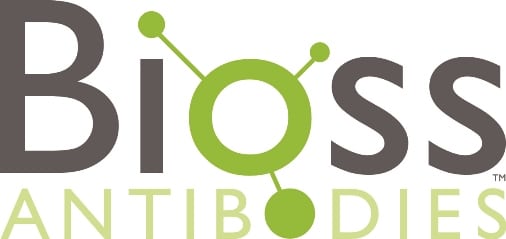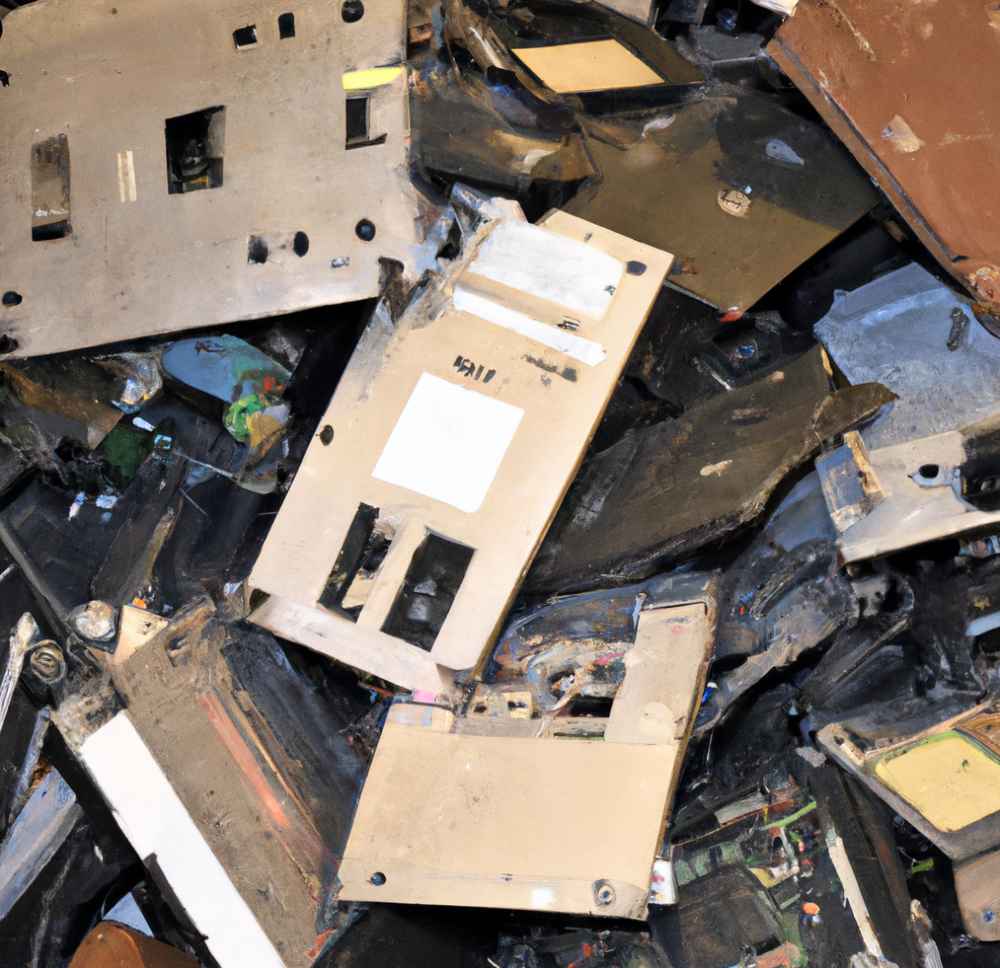Scientific research, particularly in physics, stands to gain from this advancement. High-speed particle accelerators, quantum computers, and advanced MRI technology are now closer to reality. The travel industry could also be revolutionized with the advent of magnetic levitation (Maglev) trains powered by superconductors, providing ultra-high-speed rail travel.
Despite the undeniable potential of this new technology, it will be some time before it becomes publicly available. The transition to room-temperature superconductors comes with numerous challenges, including manufacturing, logistics, adaptation to existing technology, and the investment required for infrastructure overhauls.
The potential technological shift also brings to light crucial questions around the environment and E-waste, a pressing and growing global issue. Transitioning to this new technology would require a significant overhaul of current systems, which could lead to a massive increase in E-waste. This warrants serious thought, given the difficulties associated with processing and recycling E-waste and its harmful environmental impacts.
In 2019, the global generation of E-waste was around 53.6 million metric tons and is expected to hit 74.7 million tons by 2030, according to the Global E-waste Statistics Partnership. The transition to the LK-99 superconductor technology could exponentially increase this projection.
Therefore, as we stand on the cusp of this tech revolution, we urgently need to reconsider our priorities. Rather than rampantly replacing older appliances, focusing on efficient ways to extract and recover precious metals to enable and enhance newer technologies is essential. As we move into an era of advanced technology fueled by the revolution of superconductors, it becomes our collective responsibility to ensure this progress does not come at the expense of our future.
Careful planning and implementation that engage best waste management practices, including the extraction and recycling of precious materials from old technology, should be an integral component of embracing a new superconductive age.
Sources:
1. Dias, R.P. and Silvera, I.F. (2020) Room-Temperature Superconductivity in a Carbonaceous Sulfur Hydride. Nature, 586, 373–377.
2. Global E-waste Statistics Partnership (2020) Global E-Waste Monitor 2020.
3. Ashevent.com (May, 2021) Room Temperature Superconductors.
4. Phys.org (2020) Superconductivity at Room Temperature.
5. Waste Management World (2019) 50 Million Tonnes of E-Waste Generated Globally.

